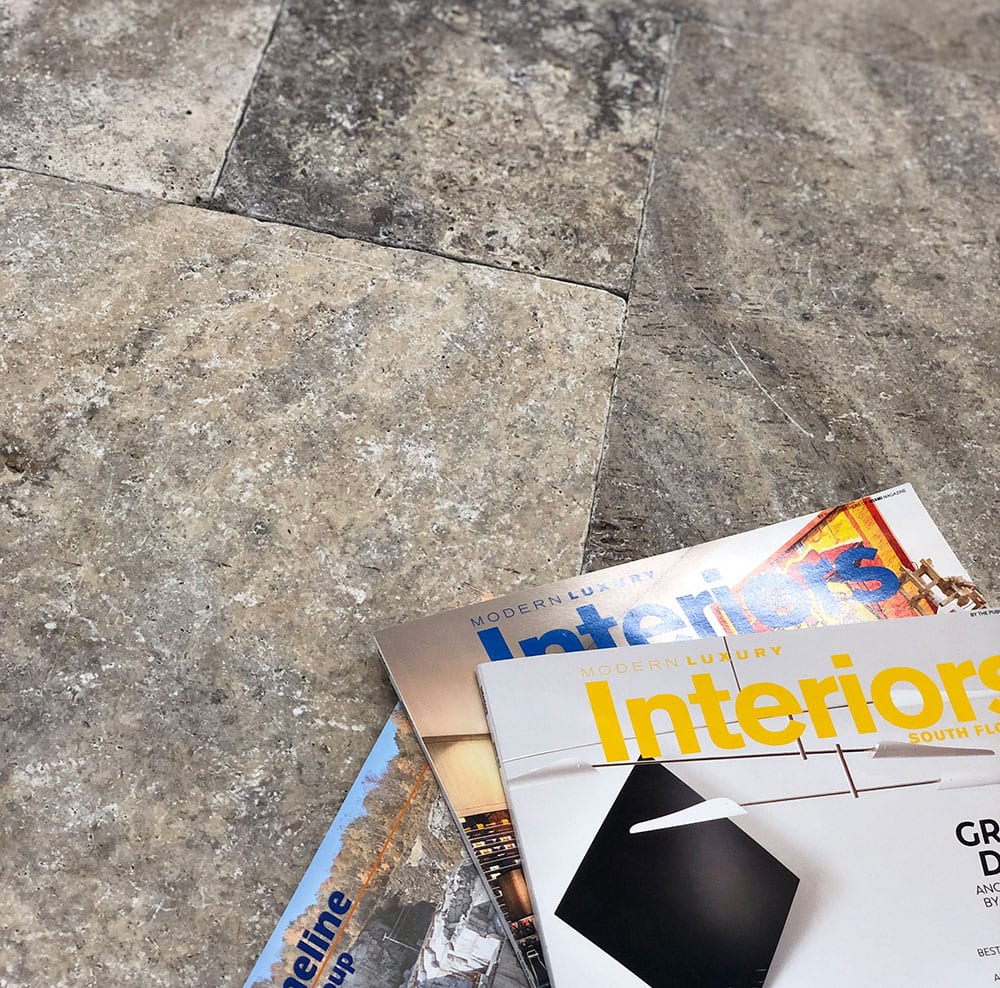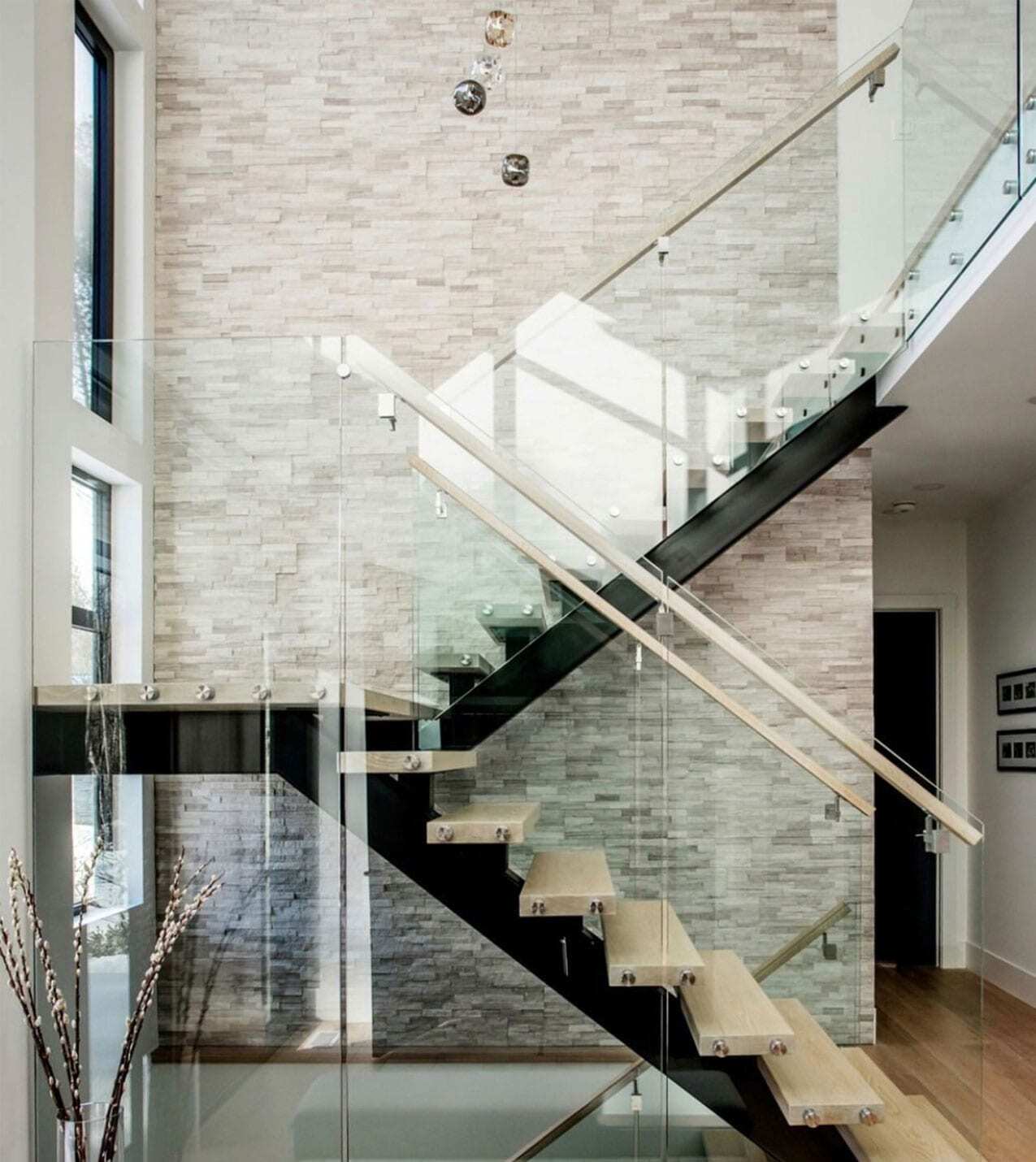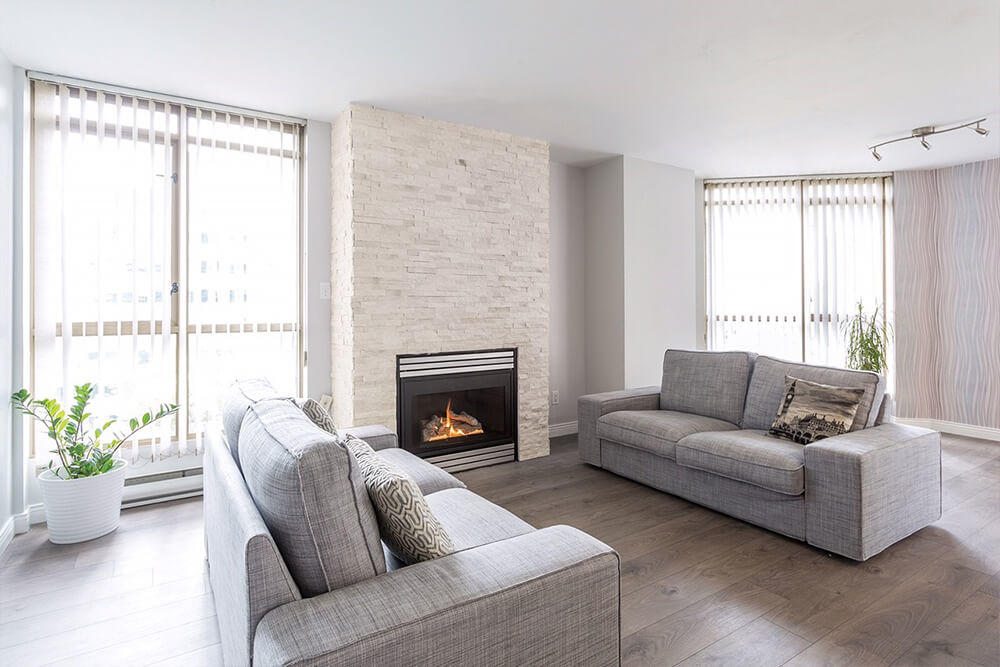History teaches us that there are no limits when it comes to the usage of Travertine stone. Travertine is mostly used as a building material. Floor and tile, bathroom tile floor, bathroom wall tile, backsplash kitchen, tile flooring, swimming pool tile etc. Even before Christ, Travertine used to be among the top building stones for floor tile and for walls in Ancient Greek and Rome. Romans took advantage of Travertine for various constructions projects such as buildings and temples, aqueducts, baths, shower tiles, stairs, steps, swimming pools and amphitheaters such as the Colosseum, the largest building in the world constructed mostly of travertine.
Travertine regained popularity as a building material in the Middle Ages. The central German town of Bad Langensalza has an extant medieval old town built almost entirely of local travertine. Swimming pool, floor, kitchen tile, bathroom tile, wall tile, backsplash, shower tile, column.
Notable 20th Century buildings using travertine extensively include the Sacré-Cœur Basilica in Paris, the Getty Center in Los Angeles, California, and Shell-Haus in Berlin. The travertine used in the Getty Center and Shell-Haus constructions was imported from Tivoli and Guidonia.
Travertine is one of several natural stones that are used for paving patios and garden paths. It is sometimes known as travertine limestone or travertine marble; these are the same stone, although travertine is classified properly as a type of limestone, not marble. The stone is characterised by pitted holes and troughs in its surface. Although these troughs occur naturally, they suggest signs of considerable wear and tear over time. It can also be polished to a smooth, shiny finish, and comes in a variety of colors from grey to coral-red. Travertine is most commonly available in tile sizes for floor installations.
Travertine was also used for sculptures and monuments. Even today in the 21st century, Travertine stone is being used for a huge variety of indoor and outdoor projects. There are no exact design guidelines when it comes to travertine. It can be used practically anywhere to enhance any area.



